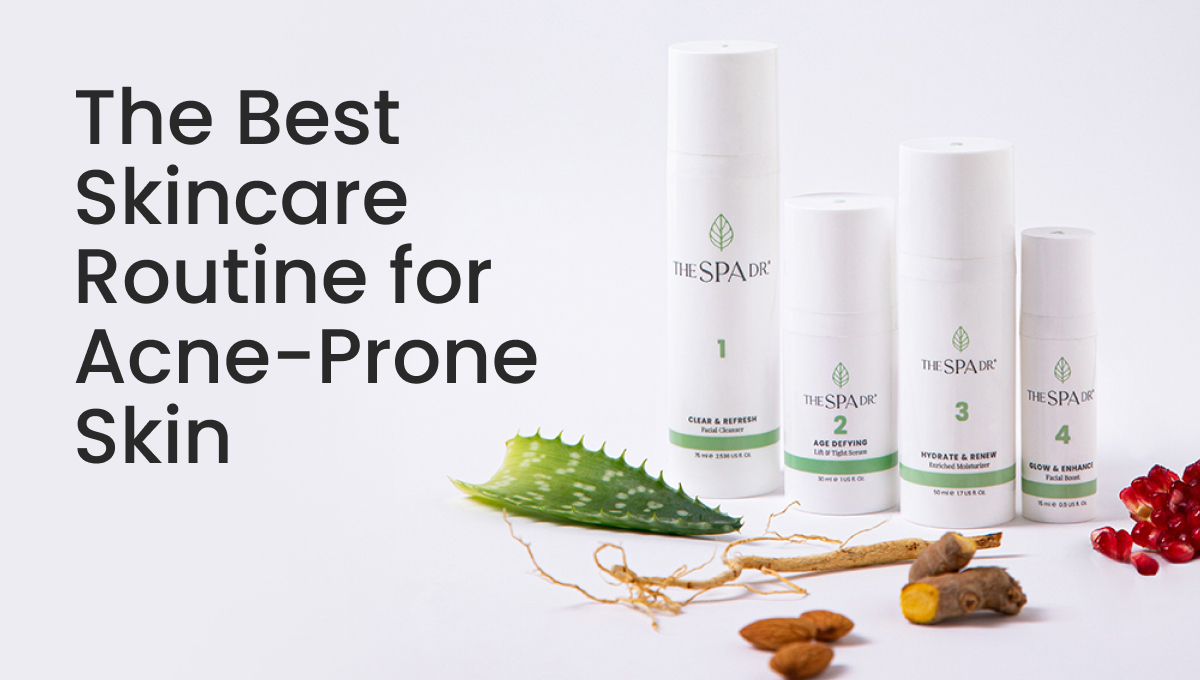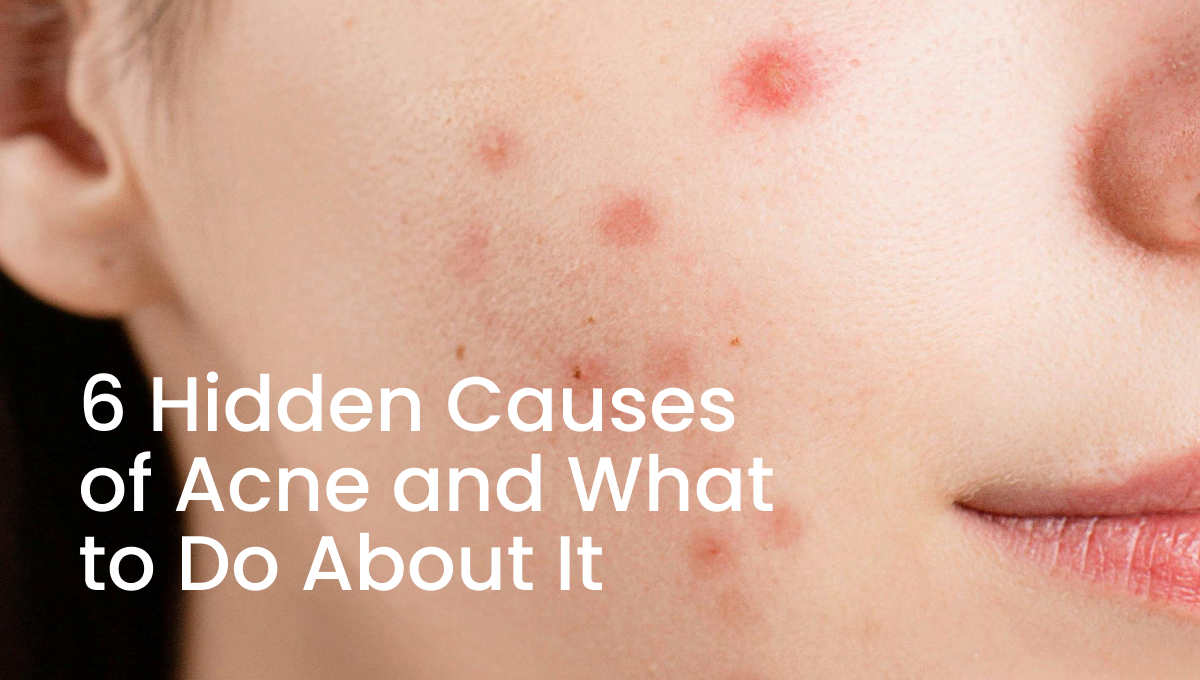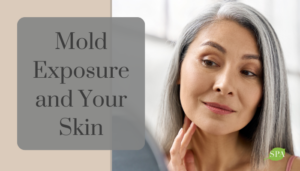Plants have been providing us with healing throughout human history. Although they are often eclipsed by pharmaceuticals, they’re now coming into their own. In fact, many of our medicines are derived from plants. When left close to their whole and natural state, plant medicines can provide many benefits when compared to pharmaceuticals and with fewer side effects.
Whole plant products are preferred over the isolated ingredients, since nature creates plant medicines to work as an integrated system, thereby having the greatest effect on our system. Most recently, we have rediscovered the hemp plant and its extract, cannabidiol or CBD oil.
As a long-time integrative medical doctor, I focus on the use of natural products that work with the body’s chemistry to promote healing, most recently with cannabidiol or CBD.
Cannabidiol and the Skin
Less well-known are the beneficial effects that cannabidiol (CBD) has been shown to have for a variety of skin conditions. Its mechanism of action involves the role of the endocannabinoid system to help balance many of the body’s systems. We use CBD for skin issues such as acne, eczema, psoriasis, wound healing, and aging skin.
How Does It Work?
CBD maintains the balance of the endocannabinoid system (ECS), an elegant interconnected communication system throughout the body. If your ECS is underactive, the CBD will help to activate or increase your own endocannabinoids, bringing your system back into balance.
CBD modulates the immune system, decreasing pro-inflammatory messengers and increasing anti-inflammatory ones. This promotes needed immunity against pathogens and reduces the auto-immune response; that is, the body reacting to its own tissues.
What Is Cannabidiol?
Cannabidiol (pronounced can’na-bi-die’-ol) is a derivative of the cannabis or hemp plant, an extract of the cannabis hemp plant that is free of tetrahydrocannabinol (THC), the chemical in the plant that has direct mind- and mood-altering effects.
I refer to it as “Hemp Oil Extract” rather than simply CBD, due to its multiple naturally-occurring ingredients and recommend specific extracts for my patients. “Full-spectrum” contains all the naturally occurring ingredients. “Broad-spectrum” has the THC removed and in “isolate” only the CBD remains. The isolate is often used in manufacturing skin products since it can be better measured and controlled. Another approach is simply taking the oral tincture and applying it to the skin. You can take it orally as well, healing from the inside, for a good 1-2 punch.
The Endocannabinoid System and Acne
Acne is generally a result of overactive sebaceous (oil-producing) glands. The body’s endocannabinoid system (ECS) which plays a key role in the regulation of sebum production1 responds to both endocannabinoids (made naturally in our body) and phytocannabinoids, found in the cannabis plant.
CBD works three different ways to regulate a sebaceous cell:
- Stops inflammatory lipids like arachidonic acid
- Stops the extra production of the cell types in sebaceous cells that lead to the overproduction of sebaceous material
- Provides an anti-inflammatory effect2
There are other factors, too, which increase acne. One is the overproduction of testosterone which causes excessive secretion and cell growth, which CBD was shown to inhibit. Another factor is the overgrowth of bacteria called Propionibacterium. CBD has been shown to exhibit antibacterial properties that can inhibit its growth.2,3
Eczema
Eczema is a common skin condition characterized by a red, itchy rash, most commonly appearing on the face, back of the knees, wrists, hands, or feet, but may affect other areas as well. It affects about 10 to 20 percent of infants and about 3 percent of adults and children in the US.
Newer research indicates that skin conditions like eczema develop when there is an imbalance in the endocannabinoid system (ECS)4 and suggests that the cannabinoids can help repair this imbalance by interacting with the innate endocannabinoid receptors.
In one study of 2,500 patients with eczema, a majority experienced significant reductions in redness, scaling, itching, chafing, and thickening after regular topical use of a cannabinoid-containing cream. This study also resulted in 38.3 percent of the patients experiencing a complete resolution of itching symptoms.5 All this with side benefits rather than the side effects of the common anti-eczema medications.
Psoriasis
Psoriasis is an autoimmune disorder that produces an excess of skin cells due to the production of the cytokine Interleukin-17 (IL-17). CBD reduces the production of inflammatory cytokines IL-17 and IL-6 while increasing the production of the anti-inflammatory cytokine, IL-10.6 This is a great boon to psoriasis sufferers, who have had to cover up with clothing or take strong and expensive medications. They can now use a product that not only helps reduce their unsightly rash but again has side benefits instead of side effects.
Wound Healing
There is considerable anecdotal evidence related to cannabis and wound healing. Studies show that activation of the endocannabinoid system plays a role in this process.7 Consistent application will hasten healing and reduce scarring.
Anti-aging Skin Care
There are an increasing number of CBD-containing skin care products, owing largely to its anti-inflammatory and antioxidant effects, countering the effects of aging. CBD can increase hydration, regenerate cells, and reduce the appearance of fine wrinkles.
Dosing and Application
For skin conditions, CBD can be taken orally, in capsules, gel caps or tinctures, or topically, as a cream or oil. I recommend doing both for a faster, more complete result. Whatever is showing up on the skin is also happening inside the body.
Dosing should start at around 10 mg of CBD once a day increasing to twice a day orally, and adjusting upward as needed. Start low and slow, and build up and observe, till you get the desired response. It’s not unusual to go up to 60 mg daily. For a location-specific condition like eczema, you can apply the topical cannabis directly to the affected area, and cover it with a Band-Aid for protection. Improvements are typically seen in about two weeks after the first dose, although I have seen them occur much sooner.
A number of troublesome and difficult-to-treat skin conditions have been resolved successfully with CBD – part of a growing wave of applications for this amazing plant extract.
A Note from The Spa Dr. – Dr. Cass’ Hemp Oil Extracts
Dr. Cass has her own line of top-quality, full-spectrum hemp oil extracts – and you can check them out by clicking here. Please note: If you purchase any products through this link, I may make a small commission. That does not mean it costs you more. But, if you do not wish for me to make any commissions, you can go directly to Dr. Cass’ website to view her products instead. We simply want to bring you valuable information!
References:
-
Dobrosi N, et al. Endocannabinoids enhance lipid synthesis and apoptosis of human sebocytes via cannabinoid receptor-2-mediated signaling. FASEB J. 2008;22(10):3685¡V95.
-
Olah A, et al. Cannabidiol exerts sebostatic and anti-inflammatory effects on human sebocytes. The Journal of Clinical Investigation. 2014;124(9): 3713¡V24
-
Kozela E, et al. Cannabinoids Decrease the Th17 Inflammatory Autoimmune Phenotype. Journal of Neuroimmune Pharmacology. 2013;8(5): 1265¡V76
-
Appendino G, et al. Antibacterial cannabinoids from Cannabis sativa: a structure-activity study. J Nat Prod.2008;71(8):1427¡V30.
-
Eberlein, B., Eicke, C., Reinhardt, H.W., and Ring, J. (2008, January). Adjuvant treatment of atopic eczema: assessment of an emollient containing Npalmitoylethanolamine (ATOPA study). Journal of the European Academy of Dermatology and Venereology: JEADV, 22(1), 73¡V82.
-
Biro, T., Toth, B.I., Hasko, G., Paus, R., and Pacher, P. (2009). The endocannabinoid system of the skin in health and disease: novel perspectives and therapeutic opportunities. Trends in Pharmacological Sciences, 30(8), 411¡V20.
-
Ramot Y, Sugawara K, Zakany N, Toth BI, Biro T, Paus R. (2013) A novel control of human keratin expression: cannabinoid receptor 1-mediated signaling down-regulates the expression of keratins K6 and K16 in human keratinocytes in vitro and in situ. PeerJ1:e40 https://peerj.com/articles/40/








Reader Interactions